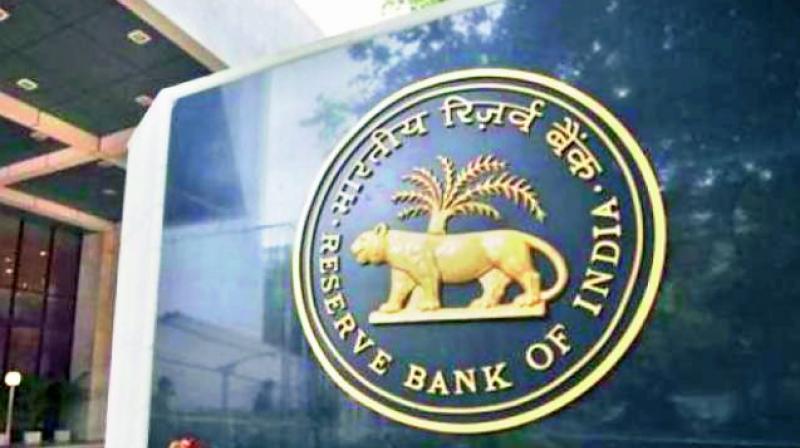RBI cracks whip, banks must link loans to repo

Mumbai: The Reserve Bank of India (RBI) on Wednesday made it mandatory for banks to link their loan products to key repo rates or similar external benchmarks from October 1 to ensure faster monetary transmission.
In a release, the central bank observed that due to various reasons, the transmission of repo rate cuts to the lending rate of banks has not been satisfactory and hence it asked banks to link all new floating-rate loans for housing, personal uses and MSMEs to specified external benchmarks. The move could bring down home loans and auto loan rates, as banks would now have to pass on the benefit of the past rate cuts from the central bank.
However, existing loans and credit limits linked to the MCLR/base rate/ benchmark prime lending rate shall continue till repayment or renewal, as the case may be.
"Based on the consultations with stakeholders, it has now been decided to link all new floating rate personal or retail loans (housing, auto, etc.) and floating rate loans to Micro and Small Enterprises extended by banks with effect from October 01, 2019 to external benchmarks," the RBI said in a statement. Banks are free to offer such external benchmark linked loans to other types of borrowers as well.
Banks have been given the option to choose the external benchmarks, which include the policy repo rate decided by the monetary policy committee (MPC). The other two benchmarks include the government of India's three-month and six-month treasury bill yield published by the Financial Benchmarks India Private Ltd (FBIL). The banks can also use any other benchmark market interest rate published by the FBIL.
However, a bank will not be allowed to adopt multiple benchmarks within a single loan category. This limitation has been introduced to maintain transparency. The central bank also said that banks were free to decide the spread under external benchmark, but the repo-linked interest rates have to be reset at least once in three months.
"However, credit risk premium may undergo change only when borrower's credit assessment undergoes a substantial change, as agreed upon in the loan contract. Further, other components of spread including operating cost could be altered once in three years," the central bank stated.
About a dozen banks have already aligned their lending rate with the repo rate of the RBI.
Last month, the RBI, in its third bi-monthly monetary policy, had cut the policy repo rate for the fourth straight time in a row, this time by an unconventional 0.35 per cent to arrest the all-pervasive slowdown in the economy. By adding this rate cut, in total, the central bank has reduced the repo rate by 1.10 per cent since February. However, banks have been slow in passing on the benefit of lower rates from the central bank to their borrowers.
According to the RBI data, banks have cut their loan rates for new borrowers by only 29 basis points during the current easing phase (February-June 2019). Repo rate is the rate at which the RBI lends money to commercial banks and it currently stands at 5.40 per cent, the lowest since July 2010.
India’s economic growth is at a five-year-low and the central bank and the government have been taking continuous efforts to address the slump in the economy.

